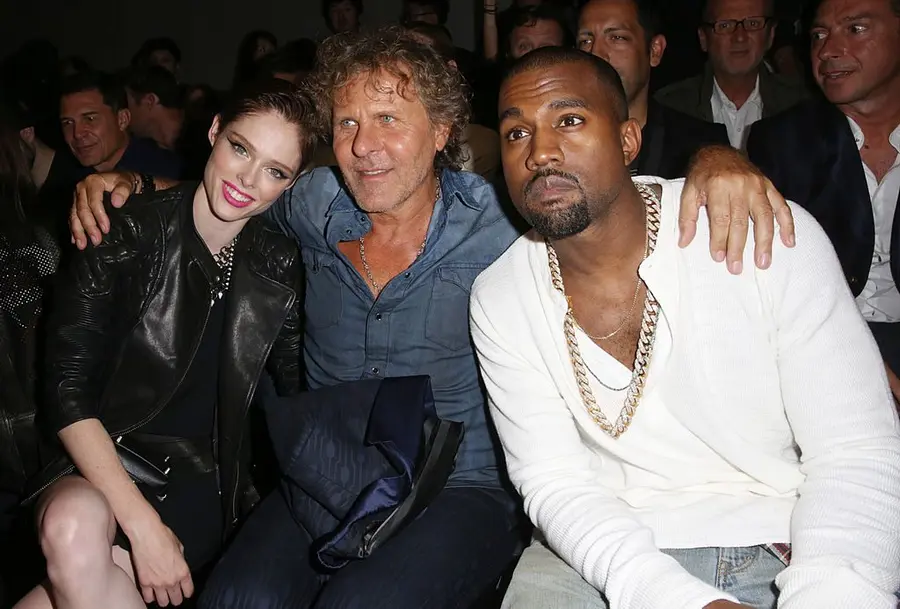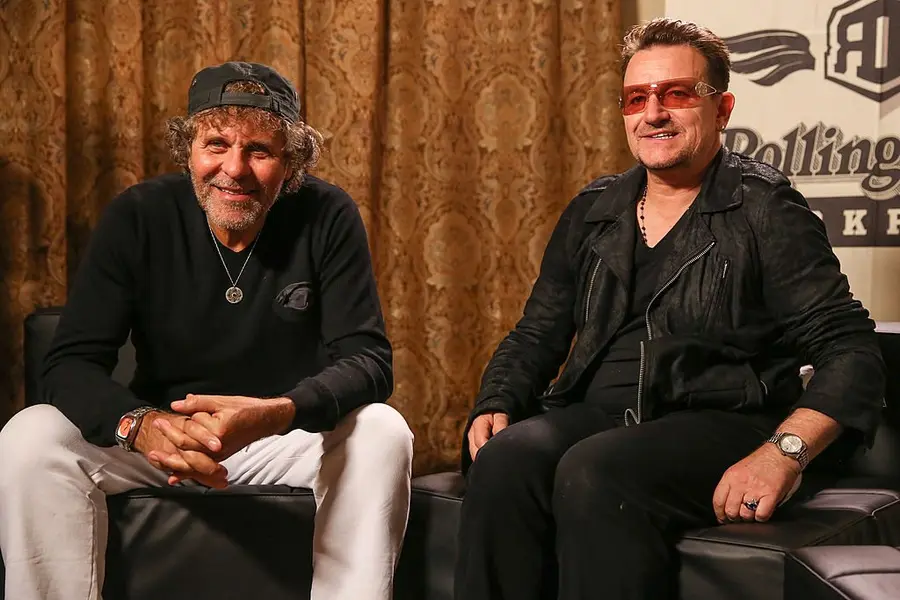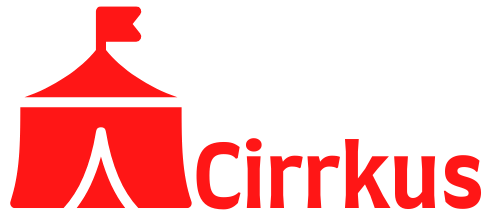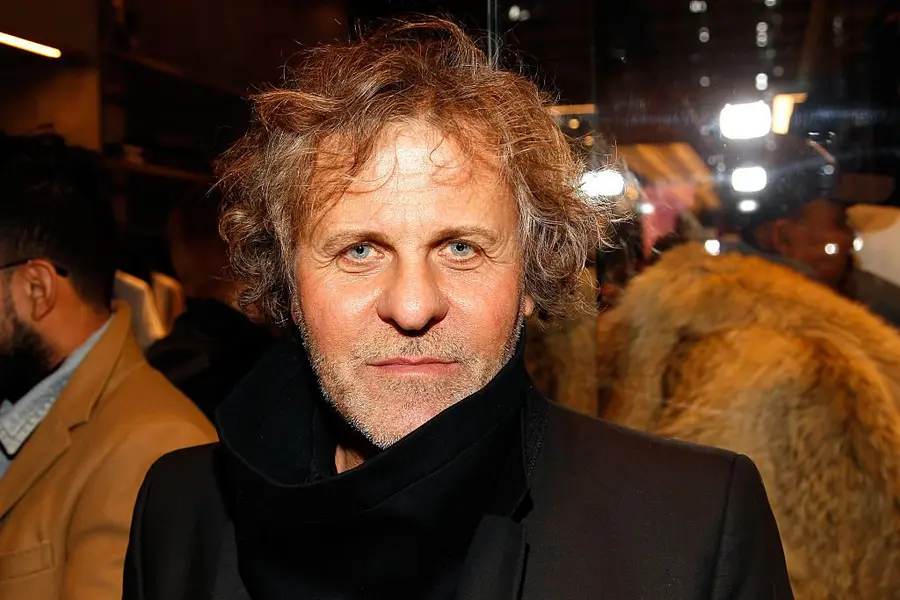Renzo Rosso has been called many things over the years — “Jeans Genius,” “Denim God,” “King of high-end casual wear” — but his story reads more like a rock-and-roll biography than a business profile. With his wild hair, unbuttoned shirts, and swagger that could match any frontman, Rosso didn’t just make jeans. He turned denim into a luxury statement, transformed a scrappy Italian start-up into a global fashion empire, and built himself a $3.5 BILLION net worth along the way. And he did it without ever selling out — literally. To this day, Rosso still owns Diesel outright, a rarity in an industry where most brands have been swallowed up by corporate conglomerates.
From the very start, Rosso had a flair for making bold moves. His first Diesel Jeans store? He deliberately planted it right across the street from a Levi’s on Manhattan’s Lexington Avenue, a sartorial dare if there ever was one. He positioned Diesel not as just another clothing brand, but as an “alternative fuel” in the fashion world — a label for people who wanted something edgier, riskier, and more individual than the mainstream offerings of the time. It was a philosophy that resonated far beyond Italy, helping Diesel become one of the first truly global fashion brands.
But the magic of Renzo Rosso isn’t just in the cut of his jeans or the cool factor of his ads. It’s in the way he blurred the lines between fashion, art, hospitality, and lifestyle decades before “brand experience” became a marketing buzzword. From collaborating with Karl Lagerfeld to redesigning the classic Fiat 500, from launching luxury hotel properties to throwing multi-continent parties, Rosso built Diesel into more than a clothing company — he built a world. And the story of how he did it is every bit as rebellious, clever, and unconventional as the man himself.
Renzo Rosso – Diesel Billionaire / Paul Morigi/Getty Images
Early Life and First Steps in Fashion
Renzo Rosso was born on September 15, 1955, in the small village of Brugine, in Italy’s northeastern Veneto region. The son of farmers, he grew up helping his father in the fields after school, quickly realizing the physically demanding life of agriculture was not for him. Determined to chart a different path, Rosso enrolled at the Marconi Technical Institute in Padua in 1970 to study industrial textile manufacturing. At just 15 years old, he made his first pair of jeans — a low-waisted, bell-bottomed design stitched together on his mother’s sewing machine. It was the start of a lifelong fascination with denim. Over the next few years, he continued experimenting with cuts, washes, and fits, gifting his creations to friends or selling them at school.
Developing an Expert’s Eye
Author Malcolm Gladwell famously theorized that it takes 10,000 hours of practice to master a craft. Much like Bill Gates gained an edge through early access to computers, Rosso’s teenage years spent working with denim gave him the fashion equivalent of that advantage. By the time he entered the University of Venice in 1973 to study economics, he was already years into refining his skills. To support himself, he juggled multiple jobs — helping his father on the farm, working as a mechanic, and taking carpentry work. These influences would later be reflected in his designs, which often had a rugged, utilitarian edge.
Breaking into the Industry
Rosso left university in 1975 to join Moltex, a local clothing manufacturer that produced trousers for several Italian labels. The company was part of the Genius Group, led by Adriano Goldschmied, who would become Rosso’s mentor and eventual business partner. Within two years, Rosso had pushed Moltex’s production far beyond expectations. Ready to strike out on his own in 1978, he was persuaded by Goldschmied to stay — in exchange for a 40% stake in Moltex, shares in the Genius Group, and the chance to co-found a new company. That company would be called Diesel.
The Birth of Diesel
Rosso chose the name “Diesel” during the oil crisis of the late 1970s, when the fuel was seen as an alternative energy source. He wanted his brand to be viewed as an alternative to the uninspired casualwear dominating the market. The name’s global pronunciation also fit his belief that fashion should transcend borders and be defined by lifestyle rather than nationality. That vision resonated worldwide. In 2004, CNN declared Diesel “the first brand to believe truly in the global village and to embrace it with open arms.” By the early 2010s, Diesel had sold more than 100 million pairs of jeans — and its founder was well on his way to building a multibillion-dollar empire.

Model Coco Rocha, Renzo Rosso. Kanye West / Chelsea Lauren/Getty Images
Gaining Full Creative Control
By 1985, Renzo Rosso was ready to steer Diesel entirely on his own terms. To gain full creative freedom, he traded his shares in the Genius Group — then Diesel’s parent company — for Adriano Goldschmied’s shares in Diesel. At the time, Diesel’s annual sales had reached $5 million, and Rosso wanted to refocus on his true passion: denim. He began experimenting with innovative ways to treat the fabric, using washes, stones, and sandpaper to create unique textures and finishes. By the late 1980s, he had assembled a handpicked team of like-minded designers, setting Diesel up for an extraordinary period of growth.
Going Global in the 1990s
In the early 1990s, Diesel diversified beyond denim. The brand launched a snowboarding apparel line, ventured into hospitality with the Art Deco Pelican Hotel in South Beach, and Rosso even bought a farm near his parents’ home in Italy. But it was Diesel’s global marketing vision — paired with early adoption of the internet — that truly propelled the brand forward. Diesel became the first major fashion label to launch a website in 1995, followed by an online store in 1997. By the late 1990s, flagship stores were opening in major cities, including New York, Milan, Paris, and Rome. From day one, Rosso refused to limit Diesel to Italy or even Europe. He envisioned a worldwide brand, and the strategy worked.
Expanding Reach in the 2000s
The 2000s saw Rosso double down on global expansion. Diesel opened more company-owned stores, entered new markets, and expanded its product range through strategic collaborations. In 2002, Rosso teamed up with Karl Lagerfeld on a limited-edition denim collection titled “Lagerfeld Gallery by Diesel.” The five-piece line, co-designed by Lagerfeld and Diesel’s creative team, debuted at Paris Fashion Week and sold out 90% of its inventory within a week — despite prices ranging from $240 to $1,840.
Collaborations and Partnerships
Rosso’s vision extended beyond fashion into lifestyle branding. Diesel partnered with L’Oreal to launch its first fragrance, “Fuel for Life,” which became a commercial hit. In 2008, Rosso brought Diesel’s edgy design to the automotive world by redesigning the classic Fiat 500. Branded as the “500 by Diesel,” the model featured unique interior and exterior details that blended Italian craftsmanship with Diesel’s street-smart aesthetic. That same year, Diesel collaborated with Adidas on a special collection, further cementing the brand’s place at the intersection of fashion, culture, and innovation.

Renzo and BonoChelsea /Lauren/Getty Images for DIESEL
Diesel Black Gold and the Luxury Pivot
In February 2008, Renzo Rosso debuted Diesel Black Gold — his premium ready-to-wear line that infused Diesel’s signature denim DNA with elevated tailoring, leather, and craftsmanship. It captured the brand’s edgy, alternative spirit, positioning it firmly within the contemporary high-end market. While the collection cemented Diesel’s reputation as a serious player in luxury fashion, in recent years it has become the subject of strategic streamlining: today, Diesel operates without diffusion lines or sub-brands other than the main Diesel label, refocusing its energy on core identity and strength.
Only The Brave: Building a Global Fashion Powerhouse
Since founding the holding company Only The Brave (OTB) in 2002, Rosso has steadily expanded it into a multi-brand group. Today, OTB generates €1.9 billion (approximately $2.1 billion) in annual revenue, driven by strong double-digit growth across Diesel, Maison Margiela, and Jil Sander. The group has also taken a strategic turn — shifting away from merely acquiring fashion labels toward investing in the company’s own supply chain. OTB acquired Vicenza’s luxury shoemaker Calzaturificio Stephen, bolstering in-house manufacturing capabilities, following a previous acquisition of leather supplier Frassineti.
Meanwhile, Viktor & Rolf renewed their alliance with OTB for another five years — another signal of the group’s strength in sustaining creative partnerships. OTB is also actively expanding its global footprint, launching a subsidiary in Mexico City and rolling out direct retail operations across key Mexican cities in partnership with El Palacio de Hierro.
A Legacy Woven in Denim
Rosso had once planned an IPO for OTB in the early 2020s, but facing economic headwinds, he pushed the timing back — now targeting 2025 or even 2026 to ensure the right moment. The goal isn’t capital — it’s transparency, stronger corporate governance, and partnership potential for employees and his family.
From crafting his first handmade jeans at 15 to steering a global fashion empire as one of its most unorthodox leaders, Renzo Rosso’s journey is far from conventional. Today, with a €1.9 billion (approximately $2.1 billion) OTB empire, Diesel’s revitalized brand focus, and an ever-deeper commitment to creative autonomy and Italian craftsmanship, Rosso remains as fearless as ever. Whether expanding into Latin America or fortifying the supply chain, he’s building toward a future that honors his rebellious past while shaping the modern luxury landscape — one bold move at a time.
Content shared from www.celebritynetworth.com.

